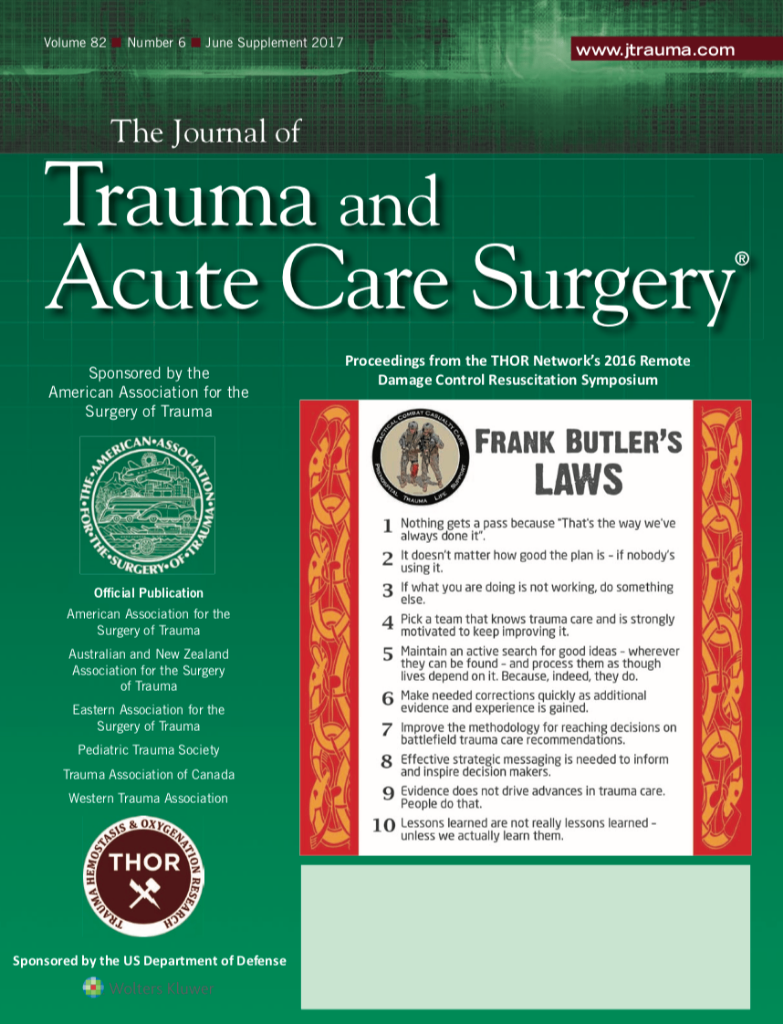
Biological plating is a feasible fixation method for comminuted subtrochanteric fractures

Biological plating is a feasible fixation method for comminuted subtrochanteric fractures
Biologic Plating Versus Intramedullary Nailing for Comminuted Subtrochanteric Fractures in Young Adults: A Prospective, Randomized Study of 66 Cases
J Trauma. 2007 Dec;63(6):1283-91Did you know you're eligible to earn 0.5 CME credits for reading this report? Click Here
Synopsis
66 patients with comminuted subtrochanteric fractures were randomly assigned to receive one of two types of fixation devices during surgical treatment. One group underwent biological plating with a dynamic condylar screw (DCS) and the other group underwent intramedullary nailing with a Russell-Taylor reconstruction nail (RTRN). Results showed that both methods were comparable and DCS was a viable ...
To view the full content, login to your account,
or start your 30-day FREE Trial today.
FREE TRIAL
LOGIN
Forgot Password?
Explore some of our unlocked ACE Reports below!

Learn about our AI Driven
High Impact Search Feature
Our AI driven High Impact metric calculates the impact an article will have by considering both the publishing journal and the content of the article itself. Built using the latest advances in natural language processing, OE High Impact predicts an article’s future number of citations better than impact factor alone.
Continue



 LOGIN
LOGIN

Join the Conversation
Please Login or Join to leave comments.